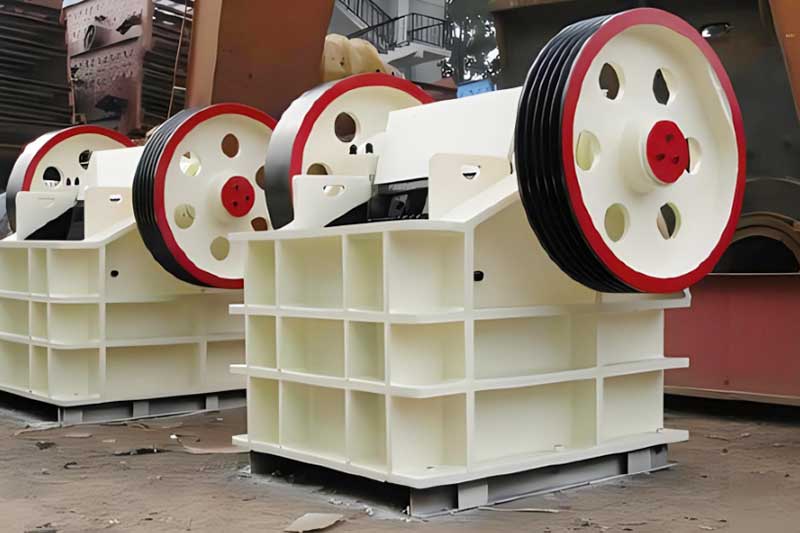Ore jaw crusher is a primary crushing equipment widely used in industries like mining, metallurgy, and building materials. It works by squeezing and crushing materials through the reciprocating motion of the fixed jaw plate and movable jaw plate. This jaw crusher is essential for crushing medium-hardness and brittle materials, processing large pieces of ore, and providing qualified raw materials for further processing.
Ore Jaw Crusher Debugging Steps
1. Preparation
Before starting the ore jaw crusher, it’s essential to perform a thorough safety check. Ensure all safety protection devices are properly installed, and the operators are equipped with protective gear. Double-check the power connection to make sure the voltage and frequency match the equipment requirements. Also, verify that the lubrication system is functioning properly, and that an adequate amount of lubricating oil has been added to each lubrication point.
2. Mechanical Inspection
Inspect the mechanical components of the jaw crusher. Ensure that all fasteners are tightly secured, especially the jaw plate, bearing, and transmission parts. Also, check the tension of the belts or chains to ensure that the transmission system is neither loose nor damaged. Manually rotate the flywheel or motor to check whether the moving parts are stuck or if there are any abnormal sounds.
3. Electrical Inspection
For the electrical system, check that the wiring in the control cabinet is correctly installed and that all electrical components are functioning as they should. Ensure that temperature, pressure, displacement, and other sensors are installed properly and that their signals are transmitted without issues.
4. No-load Test Run
Conduct a no-load test run to verify the smooth operation of the ore jaw crusher. During the test, listen for any abnormal sounds or vibrations. Monitor the temperature of crucial components, such as the bearings and motor, to make sure they stay within the normal operating range. Additionally, observe the lubrication system to ensure that the oil flow and pressure are operating properly.
5. Load Test Run
Start feeding materials gradually into the crusher and monitor the equipment’s operation. Ensure that the feeding is uniform and adjust the discharge port size if necessary to meet the required particle size specifications. Throughout the test, monitor critical parameters like current, temperature, and vibration levels to ensure stable and safe operation of the jaw crusher.
Conclusion
Proper debugging of your ore jaw crusher is essential to ensure it operates efficiently and safely. By following these debugging steps—preparation, mechanical and electrical inspection, and conducting no-load and load test runs—you can avoid common operational problems and extend the life of your equipment. Regular maintenance and careful monitoring during startup will help maintain the high performance of your ore jaw crusher and maximize productivity.
If you have further questions or need assistance with your ore jaw crusher, feel free to contact us. Our experts are here to help with any troubleshooting or maintenance needs you may have.





